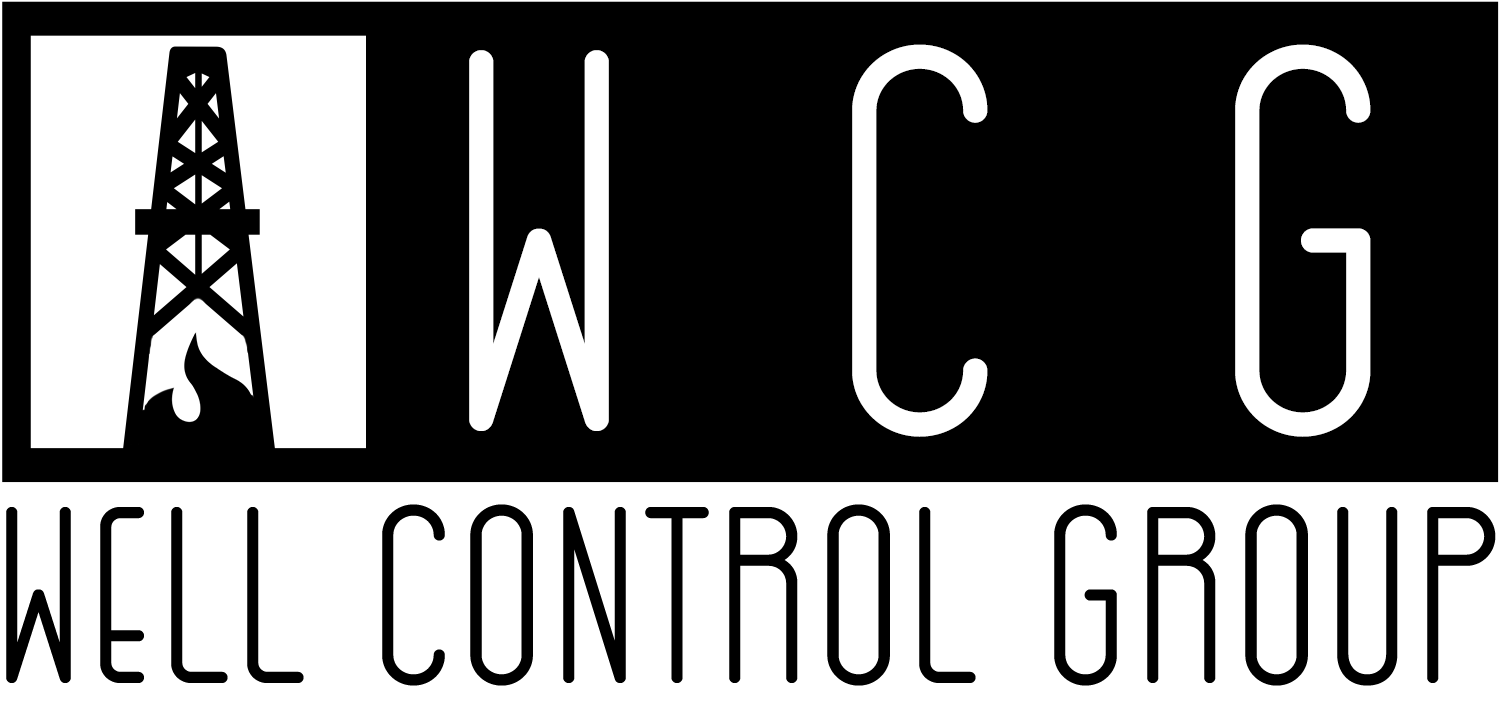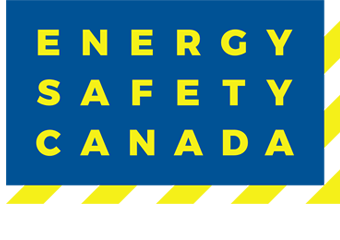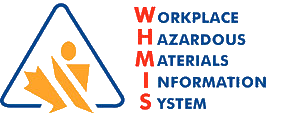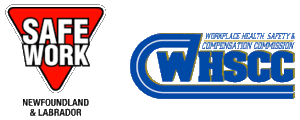Energy Safety Canada H2S Alive
This safety course is offered on a regular basis at our Safety Training facility in Mount Pearl, Newfoundland
TO REGISTER FOR THIS COURSE, A CANDIDATE NEEDS TO PROVIDE
A valid email address.
Introduction
This course is designed to provide students with a basic knowledge of H2S properties and health Hazards. It provides students the opportunity to complete a hazard analysis and risk assessment of many different H2S situations as well as the controls that are used to eliminate or mitigate these hazards in the workplace. An overview of Supplied air breathing apparatuses (SCBA/SABA) will be covered as well as an opportunity to practice the skills needed to inspect, don and doff an SCBA. H2S detection equipment such as Bellows and Piston type detector tube devices will be demonstrated as well as Personal, portable and fixed in place monitoring systems. Finally, students will learn proper emergency response procedures when dealing with an H2S environment. This will include the proper emergency response procedures as well as Rescue technique.
Course Information
Duration: 1 Day
Course Components: Theory & Practical
Course Outline
Chapter 1: H2S Properties, Health Hazards and Locations
Introduction
Properties
H2S Health Hazards
Locations
Review
Chapter 2: Hazard Assessment and Control
Introduction
Overview of Hazard Assessments
Step 1: Identify the Hazards
Step 2: Evaluate the Risks
Step 3: Apply Control Measures
Step 4: Monitor the Effectiveness of Control Measures
Review
Chapter 3: Respiratory Protective Equipment
Introduction
Major Components of Self-Contained Breathing Apparatus
Using a Self-Contained Breathing Apparatus
Major Components of a Supplied Air Breathing Apparatus
Using a Supplied Air Breathing Apparatus
Review
Chapter 4: Detection of H2S
Introduction
Electronic Monitors Versus Detector Tube Devices
Electronic Monitors
Detector Tube Devices
Review
Chapter 5: Initial Response Strategy
Introduction
Seven-Step Initial Response Strategy
Step 1: Evacuate
Step 2: Alarm
Step 3: Assess
Step 4: Protect
Step 5: Rescue
Step 6: First Aid
Step 7: Medical Aid
Review
Exam
A theoretical exam must be completed at the end of course and a pass mark of 70% must be obtained to obtain certification. Completion of SCBA inspection, donning and doffing as well as Rescue technique practical must also be completed to receive certificate. Certificate validity is for a period of 3 years.




